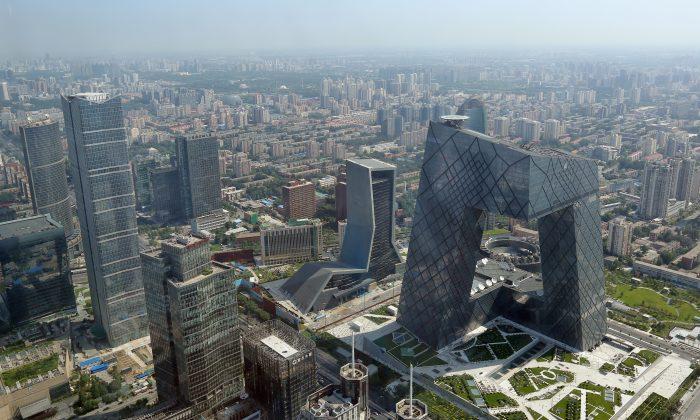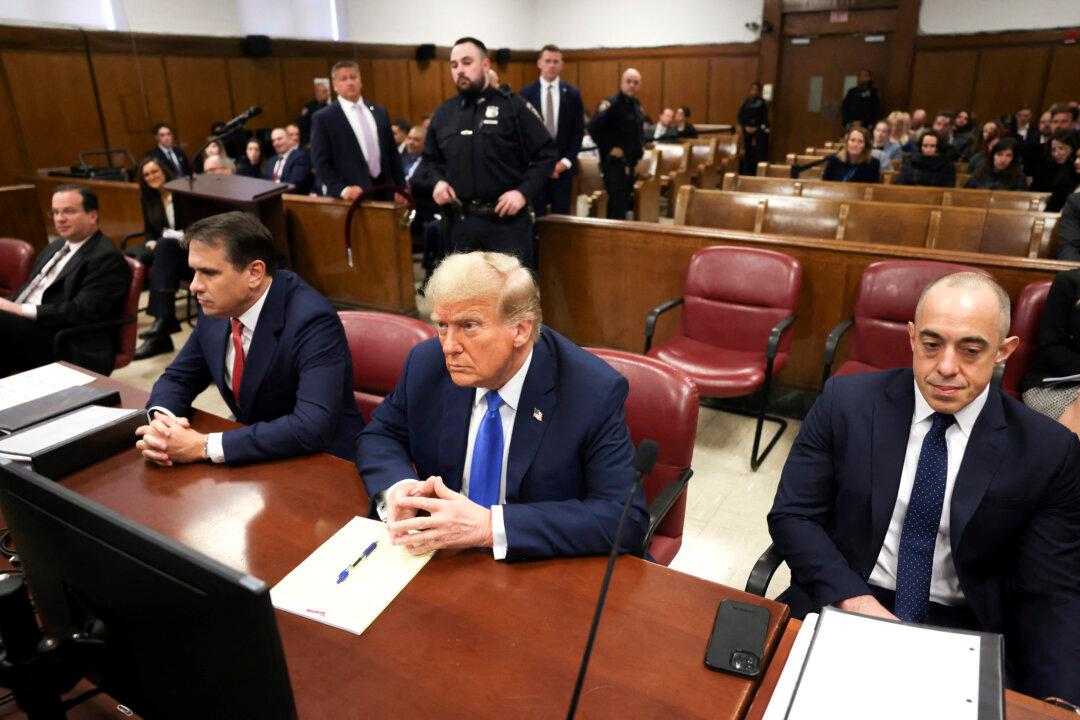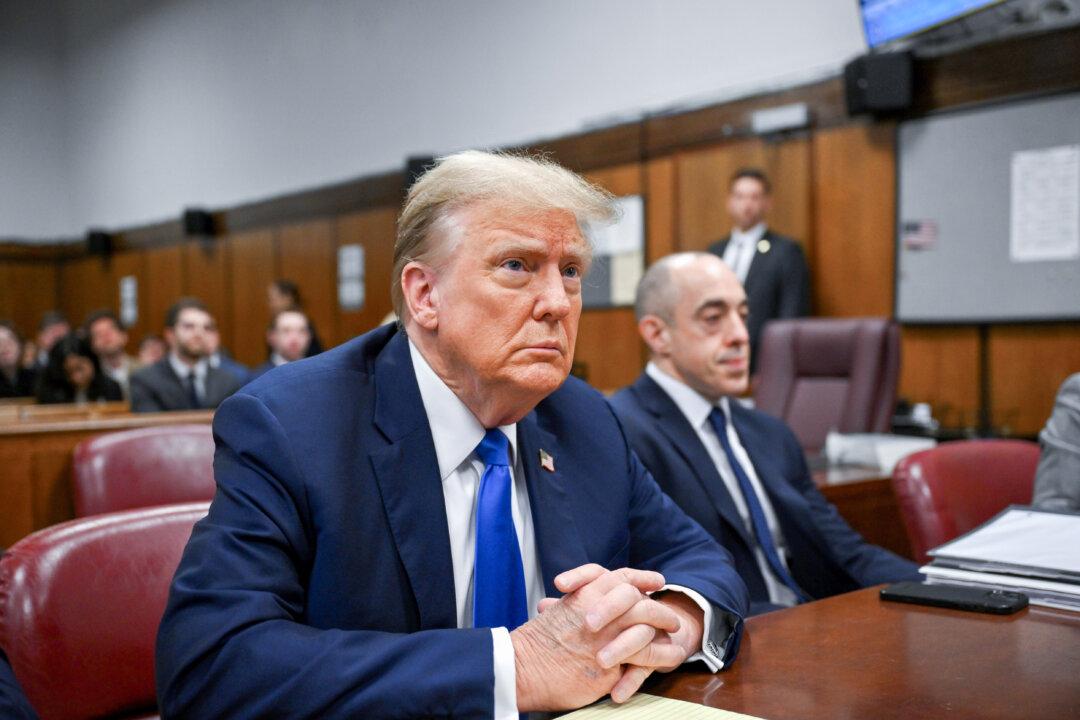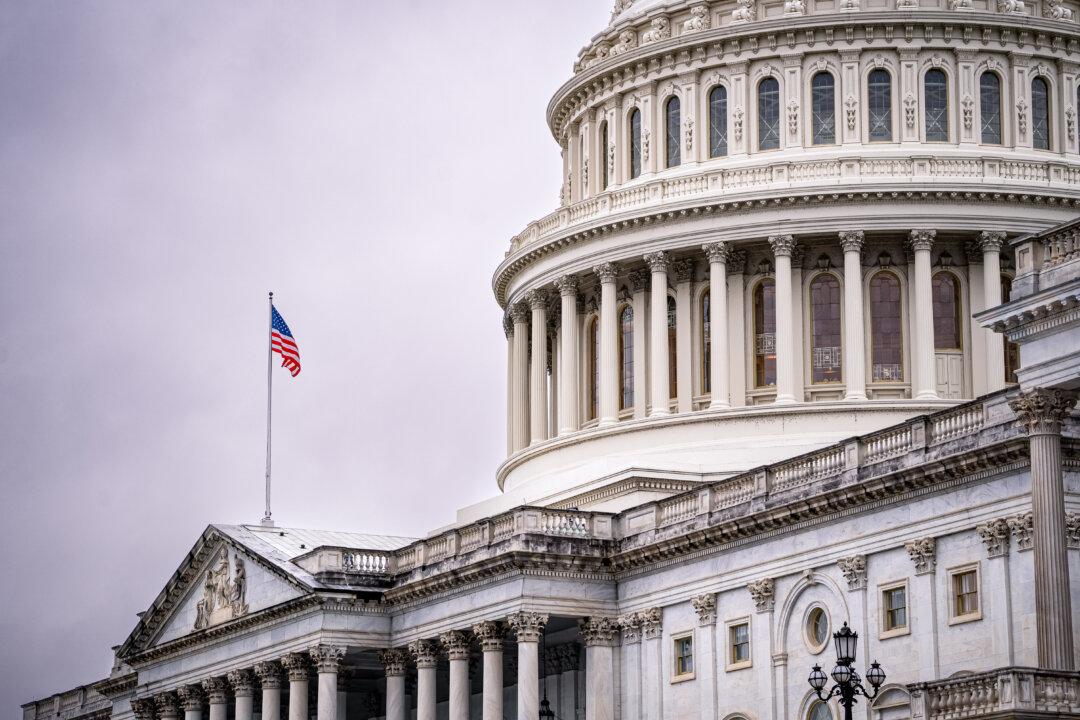Chinese bloggers recently created a list of what they called China’s top 10 “monster” cities, mocking much-touted modernization and improvement measures that are actually causing many problems.
1. Beijing
Beijing is suitable for being China’s capital city, and has served this role in Chinese history during the past several dynasties. However, serving merely as the political center did not satisfy some people. Now, Beijing has also been made the center of culture, technology, education, the military, and even exhibits, industry, finance, communication, and aviation—the list could go on and on.
There are rumors that Beijing is planning to take over the harbor city Qinhuadao so it can bestow upon itself the title of sea transport center. Because of these huge expenditures, the historic capital city is plagued by traffic jams, environmental degradation, dwindling water resources, waste management problems, and annual sand storms. If it became necessary to abandon Beijing as the capital, that would be a monumental lesson.
2. Shanghai
Shanghai really has an excellent geographic location at the end of China’s golden waterway, the Yangtze River, and is the center of China’s golden coast line, a gateway to the Pacific, Africa, and Europe.
Shanghai should be a stage for many different capable people, and it did serve that role during its glorious era when it once bore the title “heaven of adventurers.” Now, other than some large nationally funded projects, there is almost no local enterprise worth naming. Despite Shanghai residents’ lack of business initiative, they exhibit an unusual arrogance when talking about other places, often using the word “countryside.”
3. Shenzhen
Shenzhen is located adjacent to Hong Kong. In the beginning of China’s “opening up,” Shenzhen became a window through which the world viewed China, and it did enjoy a period of good times when policies were specially set for this city alone. But since all of China has opened to the world, Shenzhen has been marginalized and become a second-tier city. Accepting this fate is difficult for Shenzhen, so it foolishly seeks to become a city under the direct rule of the central leadership, such as Beijing, Shanghai, or Chongqing, or to merge with Hong Kong—thinking that this will upgrade its status.
4. Dongguan
Dongguan city has become known as the “blood-sweat-factory,” as the only thing this city does well is exploit slave labor. After the labor law changed last year, half of the factories in Dongguan went bankrupt. If the city is really rich, why not share some of the profits with migrant workers, or develop some high-end industries, such as technology-intensive or capital-intensive enterprises?
5. Suzhou
Suzhou claims that its economic strength is comparable to Shenzhen, and its economic development model should be promoted. But what is the key for its success? There are only two words for this city: selling land, and selling it cheaply to factories that Shanghai doesn’t want anymore. However, land is limited, so when it’s all sold out, what will the city rely on for further development? Even though the GDP figure is high, foreign investors control the money. Is this kind of model worth promoting?
6. Guangzhou
The strongest city in China in terms of economic strength, Guangzhou is setting a bad example for the whole nation. As the third largest city, it has become a cultural desert where people only value money. It has also become notorious for pyramid schemes, motorcycle theft, smuggling, SARS, bird flu—to name just a few.
7. Chengdu
Chengdu, the blood-sucker city, should actually be a second tier city. But because it serves as the capital for Sichuan Province, it keeps moving all resources from the province to the capital, and has thereby become the fourth largest city in China, while all other cities in Sichuan languish. To justify its actions, Chengdu even came up with a theory: “The more resources move, the stronger Sichuan will be.” It thus insults its own intelligence.
8. Wuhan
In terms of geographic location, Wuhan, the capital of Hubei Province, is indeed the center of central China, and it also wants to be viewed as the hub of the region. Unfortunately for Wuhan, people have their own plans and ideas. Many find it more sensible to join developing zones in the Pearl River Delta, the Yangtze River Delta, or Beijing’s surrounding regions. So, now all that is left for Wuhan is an empty dream.
9. Hangzhou
Everyone in China nowadays criticizes the sky-high housing prices, but few know that it all started in Hangzhou. Many speculators who made easy money by manufacturing counterfeit products went to Hangzhou to collude with local officials and push up the housing prices. At one point, prices in this second-tier city even surpassed Beijing and Shanghai’s. Hangzhou’s example made many speculators and officials realize that manipulating the housing market is a shortcut for getting rich quick and at the same time boosting local government achievements. Now all of China is following Hangzhou’s example.
10. Dalian
The term “Garden City” that has come in vogue in China, started in Dalian. Another more accurate description for Dalian is that the city resembles Europe, while the surrounding rural area resembles some backward country. The decision-makers only focused on making the city prosper and ignored the backlash this had on the rural areas.
Dalian became an example that many other areas copied as they went through several rounds of city upgrades at the expense of surrounding rural areas, which have increasingly declined. Despite the new and beautiful cities, average people cannot enjoy the benefits of living there because the housing is too expensive.
Translated by Tan Hohua. Written in English by Arleen Richards.





Friends Read Free